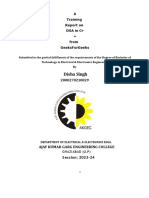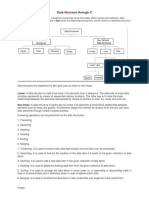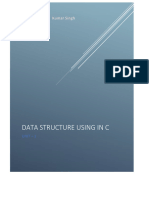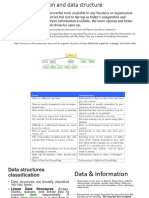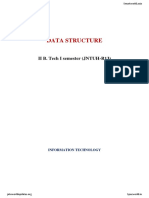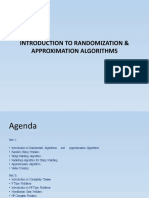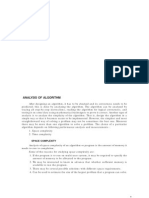0% found this document useful (0 votes)
27 views10 pagesData Structures.. MOD - 1
Data structures are specialized formats for organizing and managing data efficiently, which enhance algorithm performance and data manipulation. Abstract Data Types (ADTs) define data types by their operations rather than implementation, with examples including stacks and queues. Key operations on data structures include insertion, deletion, traversal, searching, and updating, while understanding time and space complexity is crucial for evaluating algorithm efficiency.
Uploaded by
2301109157cseCopyright
© © All Rights Reserved
We take content rights seriously. If you suspect this is your content, claim it here.
Available Formats
Download as PDF, TXT or read online on Scribd
0% found this document useful (0 votes)
27 views10 pagesData Structures.. MOD - 1
Data structures are specialized formats for organizing and managing data efficiently, which enhance algorithm performance and data manipulation. Abstract Data Types (ADTs) define data types by their operations rather than implementation, with examples including stacks and queues. Key operations on data structures include insertion, deletion, traversal, searching, and updating, while understanding time and space complexity is crucial for evaluating algorithm efficiency.
Uploaded by
2301109157cseCopyright
© © All Rights Reserved
We take content rights seriously. If you suspect this is your content, claim it here.
Available Formats
Download as PDF, TXT or read online on Scribd
/ 10




